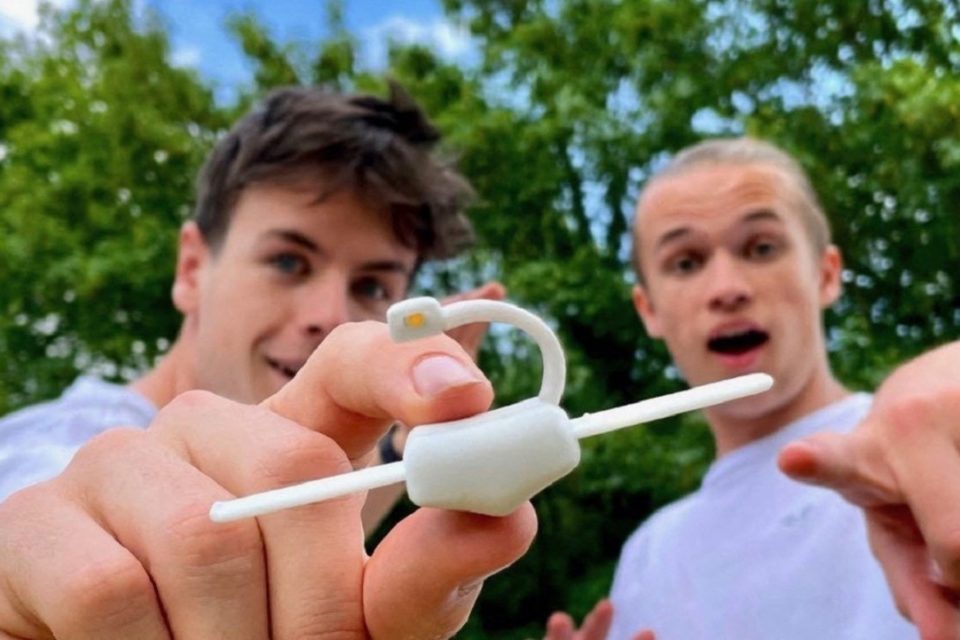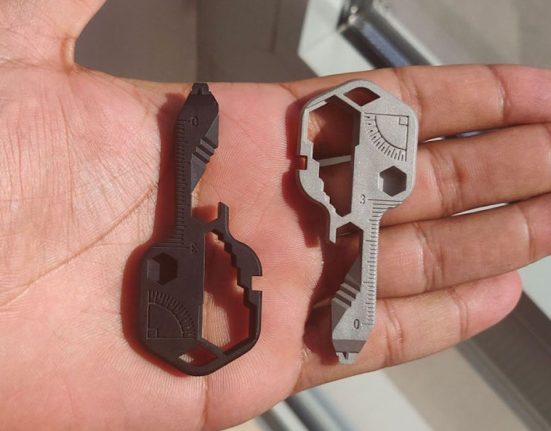Digital transformation, new technologies, digitalization, 3D printing in manufacturing, and robotics are all technological innovation trends to watch closely. They continuously challenge companies in the sector to question their ability to adapt to environments in order to produce goods efficiently and at the lowest cost.
For all high-technology stakeholders and companies, understanding new developments and the different ways of designing a product is paramount to the success of their innovation and design projects. Let’s try to understand the fundamentals of a production process that is not as new as you may think: 3D printing, an additive manufacturing technique that is one of the most reliable production methods available today, and across many industries.
Origin and principles of 3D printing
3D printing is a manufacturing technique that builds objects layer-by-layer from a 3D printing file. This process, which is used at all stages of production and manufacturing, transforms the digital version of an object into a physical version.
The concept of 3D printing (prototyping technique) is not new and was envisioned back in the 1970s. However, the first experiments were not conducted until 1981. Stereolithography was the very first 3D printing technique and was developed by a team of French engineers
Although they were unable to file a patent, in 1986, the American Charles Hull went on to successfully file the first patent for Stereolithography SLA.

Since the 2000s, 3D printing techniques have continued to evolve and become more mainstream. Each year, new innovative applications are discovered in medecine, the automobile industry, aeronautics, the production of everyday objects, and in mechanical and electronic sectors.
What are the different fields of application of 3D printing?
3D printing offers endless possibilities and is a driving force for innovation. Today, there are different 3D printing methods for building components in different materials using additive manufacturing.
3D printing makes it possible to create objects in robust plastic materials, in resin, or in light metals.
Plastic 3D Printing
Selective Laser Sintering, or SLS:This 3D printing method creates objects by using a high-powered laser to fuse the powder inside the printer.
Fused deposition modeling or FDM: FDM is the most well-known 3D printing method. Although it is a plastic 3D printing technique, today it is also used for metal printing.
Resin Printing
CLIP (Continuous Liquid Interface Production), or DLS (Digital Light Synthesis): This 3D printing technology works by projecting a continuous sequence of UV images, generated by a digital light projector, through a UV-transparent window behind a liquid resin bath.
Polyjet: This resin 3D printing technology jets layers of liquid photopolymers onto a build tray.
Stereolithography, or SLA: This is one of the earliest and most well-known forms of 3D printing. It works by using a high-powered UV laser to harden liquid resin that is contained in a reservoir.
Metal Printing
Direct Metal Laser Sintering, or DMLS: This 3D printing technique is an additive manufacturing process that creates metal components by using a laser to fuse a fine metal powder.
Selective Layer Melting, or SLM: Unlike DMLS technology, the SLM method completely melts the powder.
Let’s not forget Colorjet 3D technology. This process makes it possible to create multicolor components. This method also uses a layer-by-layer technique whereby two print heads move across the powder bed, coloring and adhering to the object at the same time.
Today, engineers, designers, and hobbyists can create products thanks to different techniques and increasingly sophisticated innovative applications.
A concrete example: Lizia, a 3-in-1 accessory
Invented by two students from Brittany, Lizia is a 3-in-1 reading accessory that has already gained a large fan base. As is the case with most inventions, Cédric Le Guern a mechanical and automation engineering student at INSA (National Institute of Applied Sciences) in Rennes (Ille-et-Vilaine) came up with the idea by drawing on his own experience.
“When I was in high school, I used to read in bed at night. But my beside lamp was not practical. It wasn’t bright enough”, he recalls.
Lizia is a very practical little gadget designed and created using 3D printing technology.
It makes reading easier by illuminating the pages, allowing users to hold the book open with one hand, and also acting as a bookmark.

To ensure the successful production of his invention, he partnered with Lucas Moysan, originally from Roudouallec (Morbihan), who also shared the same entrepreneurial spirit. From several hundreds of prototypes, they created a product that captured the attention of a considerable number of customers.
They had no idea that it would elicit such a keen interest when they began their crowdfunding campaign on Ulule: about 1000 advanced orders were expected and instead, over 3800 products have already been presold.
A 100% French product
The success of the invention is clearly due to the gadget’s practicality and ingenuity, but also to the fact that it is 100% Made in France. The two engineers proudly say it loud and clear: Lizia is 100% French and it shows. The 3D manufacturing of the plastic casings and the electronic components is carried out in a design studio in Vendée and the packaging is made in Le Mans.






